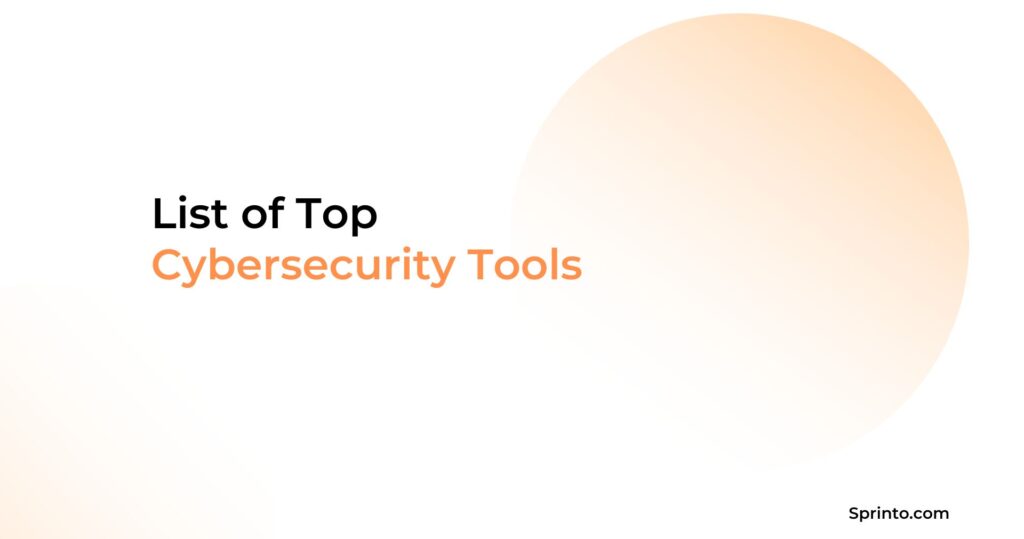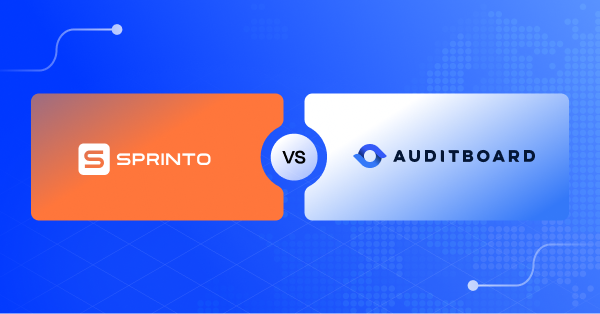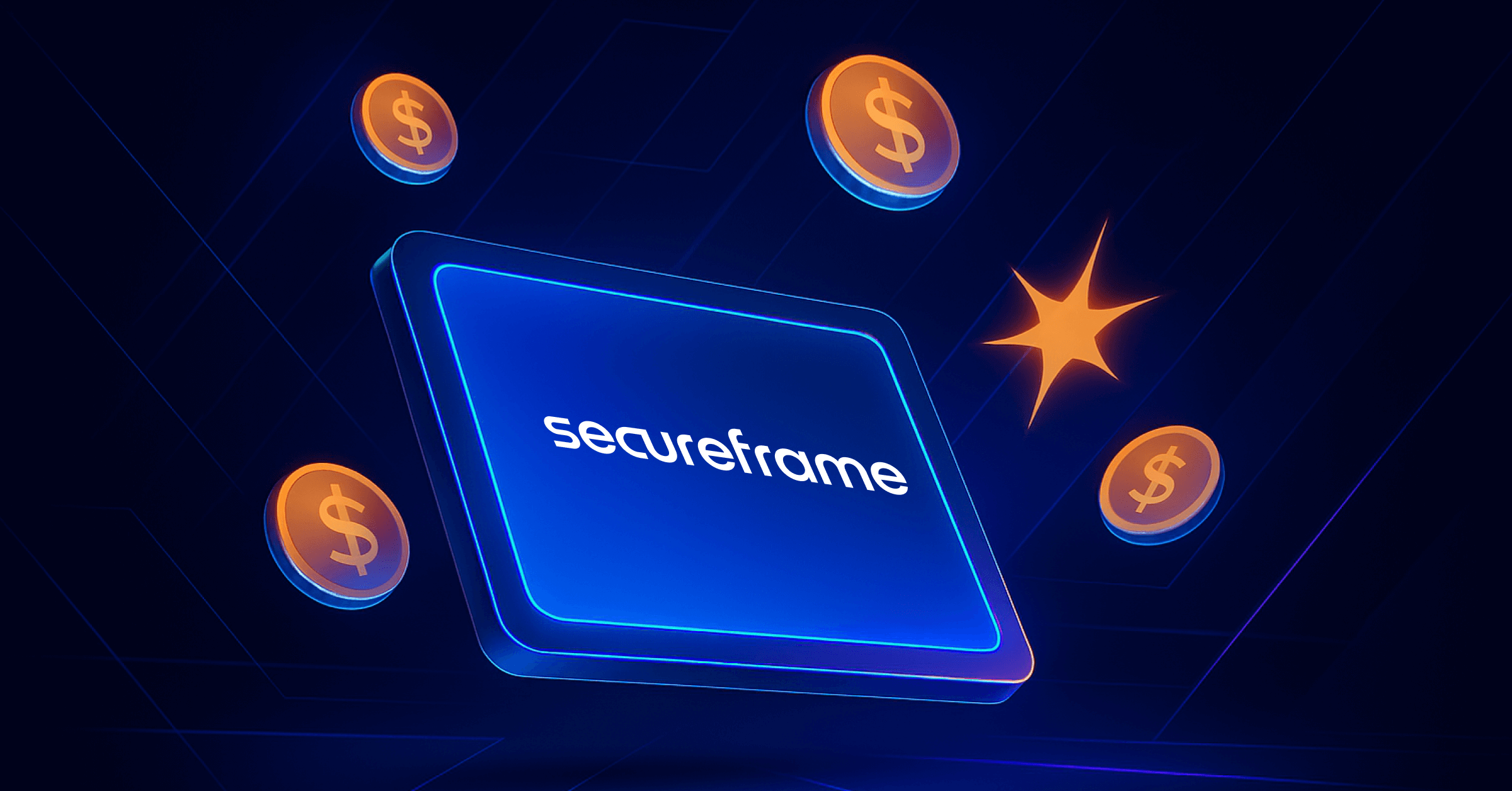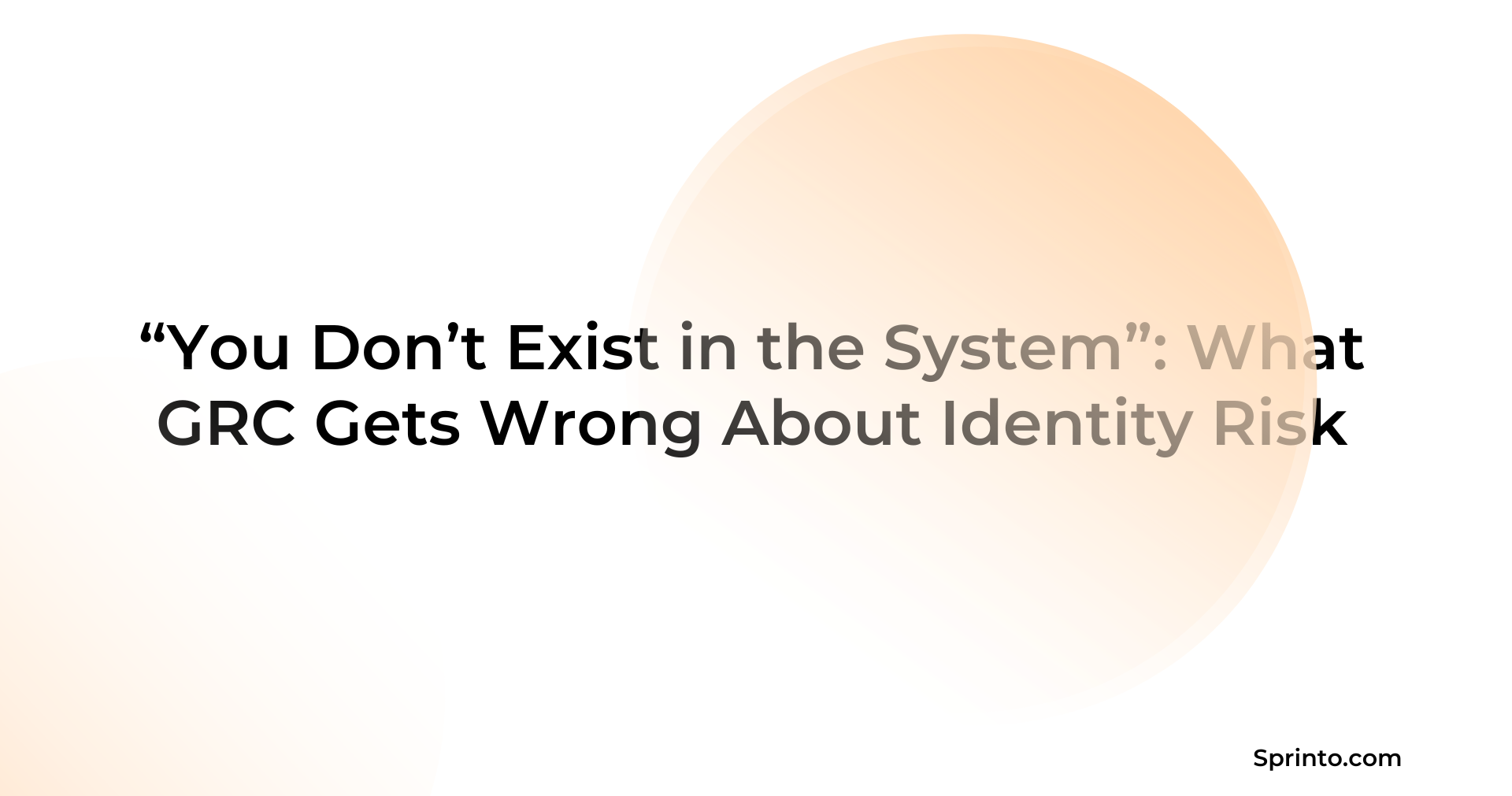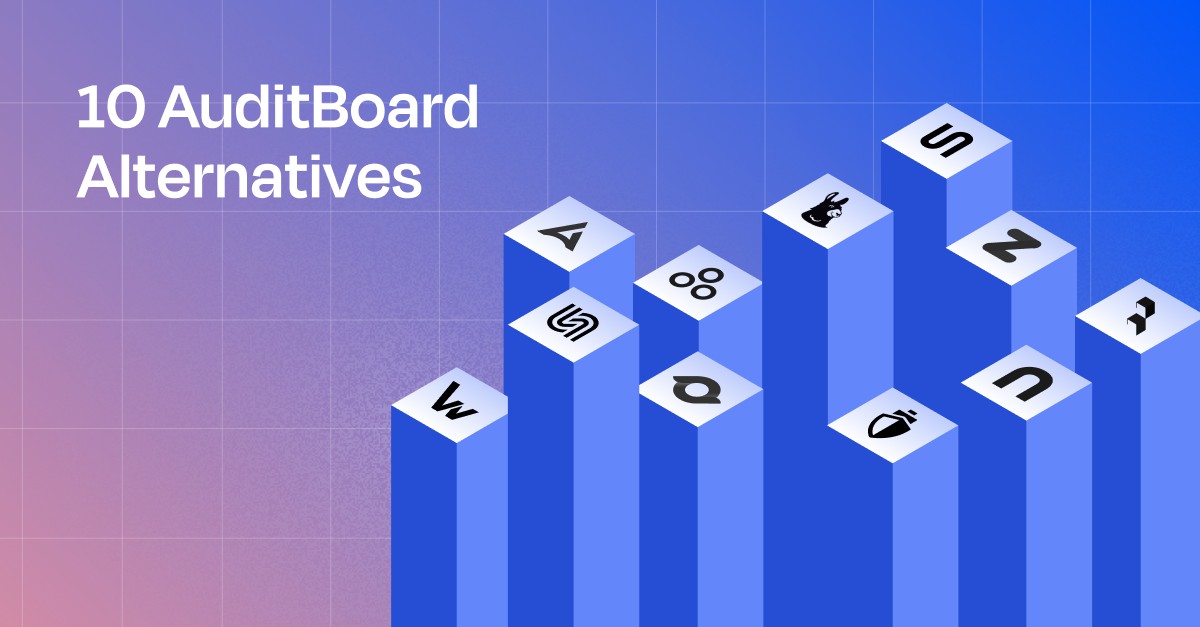11 Best Cyber Threat Intelligence Tools in 2025
Payal Wadhwa
Sep 12, 2024
Years ago, security teams heavily relied on manually sourced intelligence to detect threats. They also employed traditional and largely manual techniques such as blacklisting a URL to eliminate known threats. However, the lack of real-time data meant there was no effective strategy in place to deal with upcoming potential risks. Therefore, as advanced threats and dark web activities began to thrive, the shortcomings of traditional approaches led to the evolution of cyber threat intelligence tools.
Threat intelligence platforms have made access to threat information faster and with much less effort. The transformative advantage also alerts security teams of unknown threats and curates business-specific intelligence. Advanced machine learning capabilities have made pattern identification and correlation easier to enhance precision while detection and strengthening security operations.
In this blog we have curated a list of 11 best cyber threat intelligence tools you must check out in 2025 along with their pros and cons. We also provide a list of must-have features to make your selection process easier.
TL, DR:
| What are cyber threat intelligence tools? | Cyber threat intelligence tools collect raw data from various sources, contextualize it and enable organizations to prioritize action |
| Top Cyber threat intelligence tools | Anomali, Kaspersky, Cisco Umbrella, ThreatConnect, Flashpoint, Recorded future, Bitdefender, Zerofox, IntSights, DeCYFIR, Threatfusion |
| How to choose one? | Understand your needs, look for key features, check customization and integration, evaluate vendor reputation, take trial and finalize |
| List of some free tools | CISA AIS (Automated Indicator Sharing), MISP (formerly Malware Information Sharing Platform) Threat Sharing, Phishtank, Pulsedive, ClamAV, ImmuniWeb |
What are cyber threat intelligence tools?
Cyber Threat Intelligence software enables proactive detection of cyber threats and enhances the organization’s incident response capabilities. Organizations can improve their situational awareness with these tools and protect critical assets. We have curated a list of such CTI tools that you can consider.
Here is our pick of the top 11 cyber threat intelligence solutions you must consider for your business. We’ve created this list based on our understanding of their top features and what they do well such as real-time data collection, customization etc.; we’ve also added potential cons to help you get a more well-rounded picture.

Top 11 Cyber Threat Intelligence Tools in 2025
Threat intelligence platforms enable proactive detection of cyber threats and enhance the organization’s incident response capabilities. Organizations can improve their situational awareness with these tools and protect critical assets. We have curated a list of such CTI tools that you can consider.
Here are the top 11 cyber threat intelligence tools you must check out in 2025

Anomali
Anomali cyber threat intelligence platform enables SOC (Security Operation Center) teams to find the right threat feeds for the organization and power their security operations accordingly. It facilitates threat exploration, information sharing with stakeholders, and risk mitigation to enhance incident response workflows.
Top features:
- Intelligence feed: The intelligence feeds gather data from multiple sources and transform it into actionable insights with risk scoring of data and other capabilities.
- Alert enrichment: The platform removes any duplicate information and false positives and adds context to alerts to simplify root cause analysis
- Intelligence lifecycle management: Anomali automates the management of the intelligence lifecycle by enabling data gathering, integration, analysis, and distribution to relevant stakeholders
- Attack insights: Insights about attack flows, and attacker TTP (tactics, techniques, and procedures) help expedite incident response
- Integration with controls: Anomali integrates threat intelligence with security controls such as SIEMs, firewalls, endpoints etc.
Pros
- The product has record-keeping intelligence and removes threats that have been previously recorded to save time
- The platform deployment is effortless like plug-and-play functionality
- The product is intuitive and easy to use
Cons
- The product can take substantial system space and slow down other operations
- Customer service response can take longer than usual
- There are fewer customization options
Get real-time view of risks with Sprinto
Kaspersky
Kaspersky threat intelligence tool is a centralized hub where users can harness knowledge of various cyber threats and analyze them using advanced technologies. The platform enables you to understand the origin of malicious activities and amplify the detection capabilities of security controls.
Top features:
- Cybertrace: The cyber trace feature integrates threat intelligence with SIEM and other systems to provide context-rich alerts and automate initial incident triage
- Threatlookup: Threatlookup provides global visibility across information such as geolocation data, download chains etc., at one centralized place
- Data feeds: Threat data feeds contain real-time information on malicious IP addresses, web addresses, hashes, etc. to make investigations easier
- Sandboxing technology: The technology helps analyze malware or other malicious objects in a controlled environment (sandbox) to investigate file origin and behavior
- Visualization and reporting: Intelligent APT (advanced persistent threats) reporting contains executive summaries and technical details and is enriched with visual aids for better understanding.
Pros
- The tool supports several filters to support automated scheduled searches
- The cyber threat intelligence platform alerts you against fake social network accounts to ensure brand protection
- You can leverage Kaspersky’s ‘Ask the Analyst’ service for specialized guidance.
Cons
- The tool has high memory usage and can slow down operations
- Subscription-based pricing makes the tool expensive
- The company has been previously alleged to have close relations with the Russian government, questioning privacy issues.
Cisco Umbrella
The Cisco real-time threat intelligence tool detects malicious domains, malware, and other threat actors to block and minimize attacks. The researchers at Cisco analyze diverse data sets and leverage techniques like data mining, 3D visualization etc., to enable organizations to make well-informed decisions.
Top Features
- Global threat intelligence: The Cisco umbrella enables you to leverage global and diverse data sets for enhanced threat intelligence and rich context.
- Threat investigation: ‘Umbrella investigate’ helps uncover digital footprints of attackers, including servers or IPs etc., used for initiating an attack
- DNS discovery: The platform analyzes requests from various DNS (domain name system) to detect threats and block access
- Access to Cisco ecosystem: Cisco threat intelligence integrates with other products in the Cisco infrastructure that enhance threat management.
- Machine learning: The platform uses machine learning capabilities to analyze threat patterns and behavior and minimize threat occurrence
Pros
- The reporting features are out-of-the-box
- The platform helps drive scalability because of the entire Cisco ecosystem
- Users like web content filtering as it protects them against malicious downloads, phishing etc.
Cons
- Some integrations are cumbersome
- Large deployments can be expensive with the platform
- Some users report of false positives from the product
ThreatConnect
ThreatConnect is an AI-powered cyber threat analysis platform that enables you to incorporate threat intelligence into your security operations and manage cybersecurity risks. The platform facilitates the production, sharing, and prioritization of actionable threat intel for heightened defence and enhanced security posture.
Top features
- Threat library: The platform automates the creation of a unified threat library by aggregating threat intelligence from different sources and correlating it.
- Threat intel Dissemination: The feature lets you disseminate threat intelligence across cloud security tools, networks, analytics and more
- Attack Visualizer: ThreatConnect enables you to visualize attacker techniques and tactics and understand the gaps in technical controls.
- Playbooks: The platform automates repetitive tasks and provides playbooks to ensure standardized processes.
- Risk scoring: ThreatConnect helps shorten response times by scoring risks from threats and enabling prioritization.
Pros
- Users find the interface easy to navigate
- The platform supports various automation and orchestration features
- The tool is suitable for small businesses looking to scale as well as for enterprises
Cons
- The configuration of the product as per business requirements can take time
- There is limited training material available for the product
- The reporting features are less comprehensive as compared to the peers
Also check: 7 Best Compliance Automation Tools
Flashpoint
Flashpoint cyber threat intelligence solution helps you manage threats throughout their lifecycle from detection to remediation. With tailored intelligence solutions, it protects the organization from account takeovers, ransomware, and real-time threats and events.
Top Features
- Threat actor profile: The profiles give a fair view of the threat actor’s activities, interactions, attack methods and any changes in tactics over time
- Contextual intelligence: Meaningful threat context empowers organizations to prioritize and remediate vulnerabilities on time
- Sensitive information monitoring: The platform facilitates monitoring sensitive information such as compromised accounts, passwords, etc.
- Ransomware protection: It enables you to detect early signs of ransomware with gathered intelligence from communities and other sources.
- AI conversations: The platform supports Ignite AI, which enables users to obtain instant threat data and insights through AI conversations
Pros
- The platform makes sure that the clients stay on top of the threat campaigns
- The support staff is responsive and helpful
- Community and market search works excellently
Cons
- The system to generate queries is not very intuitive
- The learning curve with the platform can feel steep
- The customization options on the dashboard are limited
Stay ahead with automated continuous compliance
Recorded future
Recorded future is a cloud-based threat intelligence solution that protects businesses from physical location, supply chain, and digital security threats as well as cyber frauds. The platform’s intelligence graph contains consolidated data on threats worldwide, which can be transformed into action-oriented information to defend against potential attacks.
Top features
- Intelligence graph: The intelligence graph curates threat intelligence from various sources, correlates and analyses it to transform it into in-depth insights
- Advanced threat search: Advanced threat search helps conduct in-depth analysis across dark web, open web, technical sources, and more.
- IoC enrichment: The platform provides rich context when sending alerts for indicators of compromise (IoC) to enable prioritization.
- Intelligence integration: The platform supports 100+ integrations to strengthen security operations with threat intelligence
- Visualization and playbooks: Visual aids help understand threat impact better and playbooks automate the further actions
Pros
- There are industry-specific customization options
- The identification of malicious domains and IPs is accurate
- The platform is user-friendly
Cons
- Email alerts can sometimes feel too noisy
- Customer service is a little slow
- The tool often does not fit the budget for smaller organizations
Bitdefender
Bitdefender threat intelligence powers your threat-hunting drives with rich insights from the global threat landscape. The platform leverages the expertise of 800+ researchers and collects quality data from virtual machine farms to enhance your incident preparedness and build resilient businesses.
Top features
- Threat actor’s insights: The platform provides real-time threat data related to Advanced Persistent Threats (APTs) to provide you with actionable insights
- Malware analysis: Access to malware analysis helps understand attack behavior and minimize future threats
- Threat intelligence labs: Bitdefender’s threat intelligence labs support R&D operations and investigations to ensure the quality and accuracy of feeds.
- Integration: It integrates with threat intelligence platforms, SIEMs and SOARs.
- Centralized management: The platform gathers information from sources such as web crawling systems, email traps etc. and consolidates it in a centralized place for quick visibility.
Pros
- The prices are convenient for small businesses with fewer resources
- Bitdefender provides a range of other cybersecurity products that you can leverage and offers additional features as well
- The product has excellent malware detection and removal capabilities
Cons
- The tool has a time-consuming initial learning process
- You need to pay extra for unlimited VPN
- The customer service team is slow with the responses
Zerofox
Zerofox intelligence helps you stay abreast of attackers by providing comprehensive visibility even beyond your perimeter defenses. The platform’s consolidated and structured threat intelligence protects businesses from dark web activities, fraud, malware, ransomware and more.
Top features
- Threat intelligence feeds: The feeds provide real-time high-fidelity alerts on discovering new cybersecurity threats and provide rich context to enable better decisions.
- Intelligence search: The platform curates and consolidates data from the dark web, suspicious internet infrastructure (hosts, IP addresses, etc.), malware analysis, and other sources
- API integrations: The product supports API integrations with IAM tools, SIEM platforms, SOAR tools etc. to boost your security mechanisms
- Investigations and dark ops services: Zerofox provides on-demand investigation services where dark-web experts and other analysts deal with your organizational threats.
- Physical security intelligence: Physical security intelligence enables real-time vigilance of real-world threats and alerts for public safety events, disruption events etc.
Pros
- The onboarding and implementation are smooth
- The interface is easy to use
- The customer service and insights from the support team are super helpful
Cons
- The tool can feel expensive as compared to the competition
- There are limited customization options
- There can be too many alerts at time making the process overwhelming
IntSights
Intsights threat intelligence is a Rapid7 company that streamlines threat data aggregation and management to protect vulnerable critical assets. The platform informs you about phishing scams, conversations in the dark web, and other threats concerning your business to enable you to patch gaps and reduce risks quickly.
Top features
- Centralized threat intelligence: The platform gives you a single pane of glass view of threats and insights in one place, along with real-time vulnerability prioritization
- Threat research: Threat research enables you to get real-time details from dark web chatters, phishing scams, malware analysis and more.
- Integration with cybersecurity stack: Integrations with SIEM, SOAR, firewalls, emails etc. help automate threat response across security workflows
- Visualization: Visual aids like graphs facilitate a better understanding of threat impact to initiate a well-thought-out action.
- One-click remediation: Automated remediation workflows help drive quick response in one-click
Pros
- The product has out-of-the-box customization capabilities
- Only business-specific threats are displayed on the dashboard, removing unnecessary clutter
- You can scrap a dashboard or create new ones based on requirements
Cons
- The risk assessments lack in-depth analysis
- There are limited integration options
- The pricing might be a bit steep for small businesses
DeCYFIR
DeCYFIR by CYFIRMA is an external threat management platform that proactively alerts businesses on attacker’s interest, motives and other warning signals to keep them well-prepared. The cloud-native tool goes beyond cyber intelligence and combines it with digital risk protection for comprehensive, personalized and multi-faceted insights.
Top features
- Centralized visibility for 6 threat views: The 6 threat views include attack surface discovery, digital risk discovery, situational awareness, along with vulnerability, brand, and cyber-intelligence.
- Multi-layered intelligence: The platform supports strategic, management, and tactical intelligence for a well-rounded understanding of threats and risks.
- Tailored insights: Insights are tailored based on industry, geolocation and tech stack to align with the business context
- Predictive intelligence: The platform provides you with early warning signs and alerts to empower you to predict cyber-attacks and initiate action.
- Contextual details: Contextual details enable you to understand external threat actors’ attack TTPs, attack flows, hosting sites etc.
Pros
- The platform deployment can be customized as per business requirements
- The platform can quickly uncover any data leaks
- The support team is responsive
Cons
- The dashboard can feel slow to work with
- Some users have reported of false positives
- The tool provides limited information on social media exposure hindering the visibility on brand reputation
Threatfusion
Threatfusion (by SOCRADAR) ensures effective threat hunting by continuously monitoring the dark web, hacker forums and other communication areas that attackers leverage. It covers brand protection and external threat surface management beyond cyber intelligence and also assigns risk rankings to threats to enable vulnerability prioritization.
Top Features
- Dark web insights: The platform provides information about dark web activities and refines data for prioritization
- IoC enrichment: It provides additional and important details about indicators of compromise such as geographical data, IP address origin etc. to enable better response
- API integrations: Threatfusion integrates with ticketing solutions, SIEMs and SOAR platforms to strengthen security measures with threat intelligence
- Vulnerability Intelligence: Vulnerability intelligence helps understand the vulnerabilities that attackers are leveraging to facilitate quick resolution
- Threat actors monitoring: Threat actors monitoring helps minimize attacks by sending automated alerts for new threat actors.
Pros
- The platform gathers and provides weekly vulnerability trends and news
- The tool provides comprehensive risk protection eliminating the need for various tools
- The machine learning capabilities enhance accuracy of threat detection
Cons
- There is room for improvement in the reporting section
- The pricing of the tool is elevated in comparison with the competition
- The product has a learning curve and needs technical support as well as expertise
List of free Cyber threat intelligence tools
Free threat intelligence communities integrate with open-source feeds and can help you with information on threat indicators. Here’s a list of free cyber threat intelligence tools that you can leverage:
- CISA AIS (Automated Indicator Sharing)
- MISP (formerly Malware Information Sharing Platform) Threat Sharing
- Phishtank
- Pulsedive
- ClamAV
- ImmuniWeb
However, such platforms cannot meet your personalized needs because of their limited features. Neither can these tools provide you with the much-needed support to navigate issues.
How to choose threat intelligence tools?
Selecting a cyber threat intelligence tool that aligns with your risk posture, integrates with your tech stack, fits your budget, drives scalability and has relevant features is absolutely paramount. The decision directly impacts your security operations and strategic decisions.
Here are 6 steps to select a CTI tool:
- Understand your needs
Start by assessing your current state to understand which areas or processes you need the tool to augment. You’ll have to review past incident reports to gather information on types of threats that have been common concerns and other technological gaps. Additionally, based on your industry and geographical requirements, you will need to decide whether you need global threat intelligence or limited coverage.
- Look for key features
When you begin your market research for the relevant tools, look for relevant features such as:
Data aggregation and enrichment
The cyber threat intelligence platform must collect real-time data from diverse sources like dark web, open-source intelligence forums and other feeds. The raw data must be normalized and correlated to drive insights and enriched with other crucial inputs to enable organizations to make key decisions.
Automated threat detection and management
The threat intelligence platform must automatically identify threat indicators to proactively alert the organization to emerging threats. Look for behavioural analytics, along with machine learning or AI, to enable threat detection and the tool’s ability to integrate with incident management workflows for remediation.
For streamlined operations, you can combine the chosen threat intelligence platform with security compliance automation tools like Sprinto. Sprinto can enable granular-level checks and send automated alerts for any deviation from security and compliance. It helps you build a pipeline of controls for achieving continuous readiness.
Real-time reporting and visualization
It is crucial to have comprehensive and real-time reports. Look for visualization features such as graphs and charts to disseminate information to non-technical stakeholders easily. The reports must also be action-oriented to enable security teams to initiate quick corrective measures.
- Evaluate customization and flexibility
Rigid tools can hinder an organization’s operational efficiency. And so, it’s important to evaluate whether the cyber intelligence platform is flexible enough to fit your organizational needs. Custom feeds, configuration flexibility, personalized dashboards, and automated alerts set according to requirements are great features to look for.
- Integrations
Look for API support to enable seamless integration with your tech stack and key security tools, such as SIEMs, firewalls, endpoints, and more. The data exchange will help streamline your security workflows and enhance efficiency. Also, look for integrations with external feeds for better external threat management.
- Verify vendor reputation
Evaluate the reliability of vendor’s services. Look for customer reviews, testimonials, case studies, and industry recognition. Check if the vendor adheres to industry regulations and standards and has necessary compliance certifications.
- Trial and finalization
Once you have shortlisted the vendors after research, be sure to request vendors for demos or product trials. The one that is easy to use, has the necessary features, and is within your budget should be good to go.
How Sprinto can help you build a robust cybersecurity program?
While a threat-intelligence platform can keep you up-to-date on emerging threats and enhance incident response, the current threat landscape demands more. You need security and compliance to build a resilient organization, maximize efficiency and unlock better business opportunities.
Sprinto as a compliance automation tool can help you build a solid cybersecurity program and provide a comprehensive approach to overall risk mitigation. The tool has integrated risk management, built-in policy templates, training modules, continuous monitoring mechanisms and more to ensure granular security and compliance checks and make you certification ready. Use the proof of security and compliance to win enterprise deals and achieve a state of continuous readiness to fend off attacks.
Kickstart your compliance journey today.
FAQs
What is a threat intelligence tool?
A threat intelligence tool is a software that collects data on threats from multiple sources and adds context for proper analysis. It enables organizations to prioritize threats and initiate proactive response.
What are the 3 types of threat intelligence?
The three types of threat intelligence are tactical, strategic, and operational threat intelligence.
- Tactical threat intelligence focuses on tactics, techniques and procedures (TTPs) used by attackers and the organization’s ability to defend against attacks.
- Strategic threat intelligence guides the organization on long-term risks associated with threats
- Operational intelligence consists of actionable information that must be immediately implemented to minimize operational disruption.
What are the 5 stages of threat intelligence lifecycle?
The 5 stages of the threat intelligence lifecycle are planning, data collection, analysis, production and dissemination. The planning stage involves scope setting followed by data gathering and translating it into meaningful insights. The production stage comprises creating finished intelligence with graphs and other reports and the last stage is information distribution to key stakeholders.
How is threat intelligence collected?
Threat intelligence is collected through various sources and methods. Researchers collect it from open-source intelligence, private forums, dark web chatters, reports from government agencies and other authentic sources.


Use Sprinto to centralize security compliance management – so nothing
gets in the way of your moving up and winning big.








